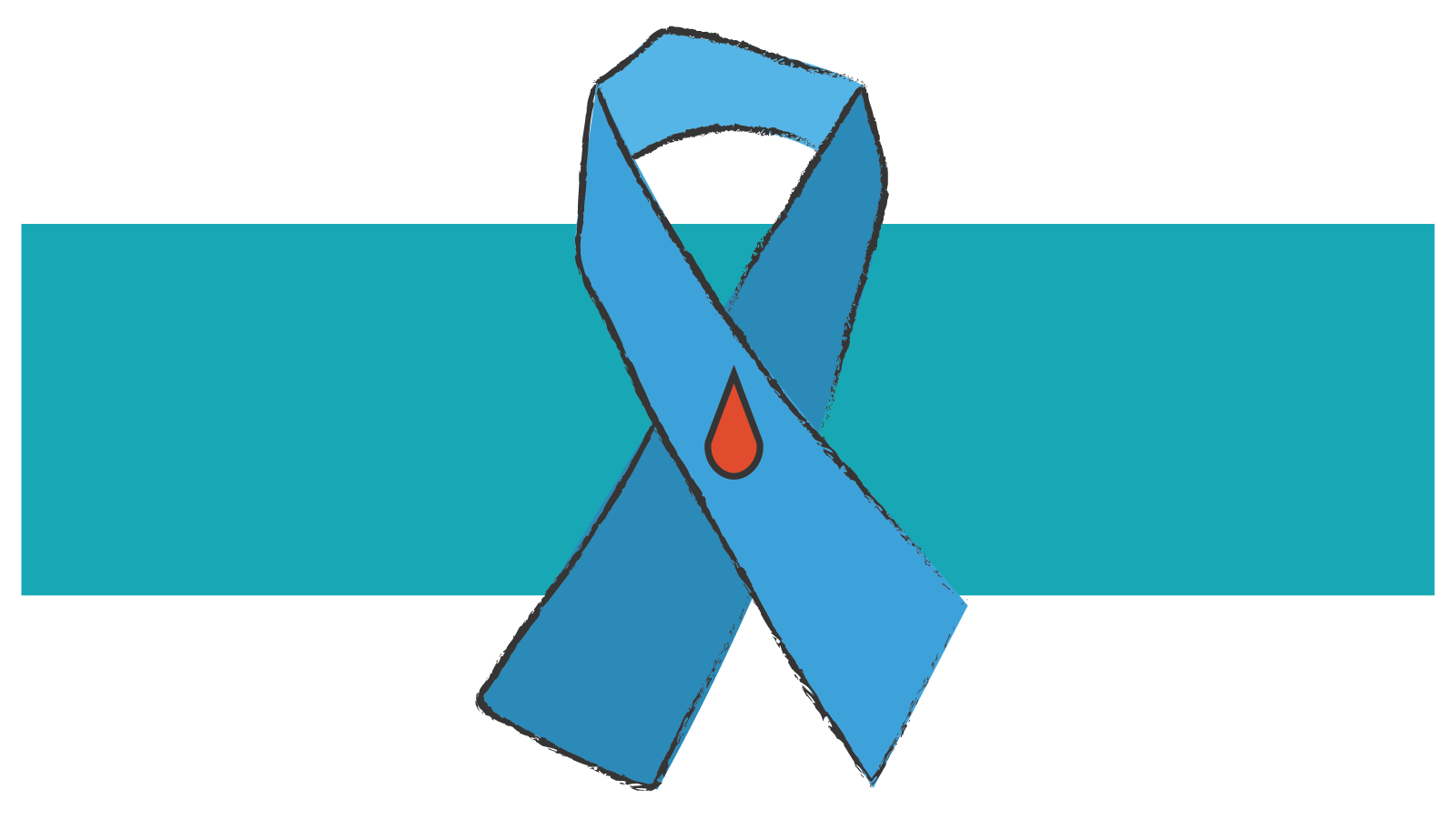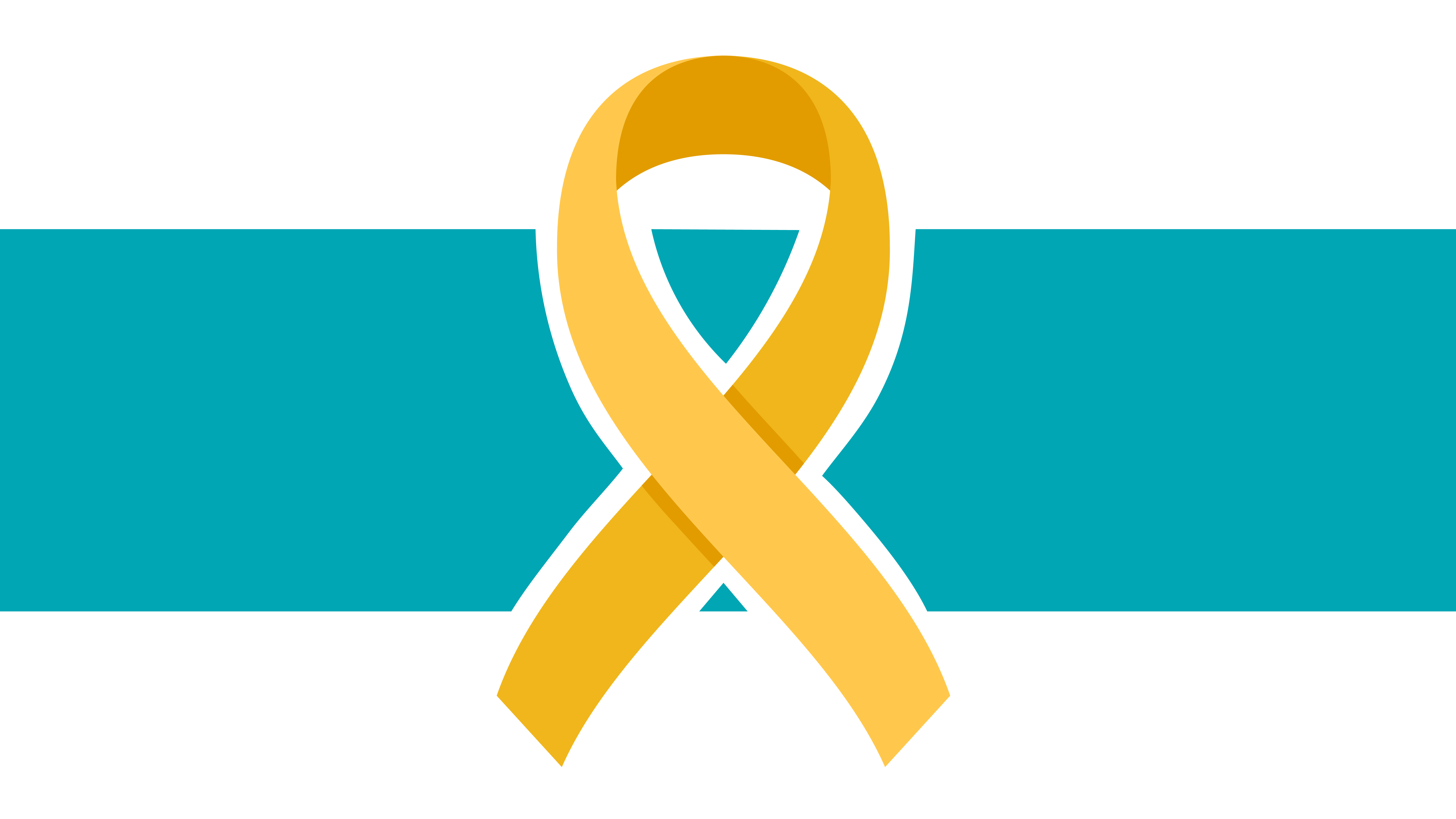National Diabetes Awareness Month: A Comprehensive Guide
Introduction to Diabetes: A Guide to Prevention, Diagnosis, and Management November is National Diabetes Awareness Month, a time dedicated to...

According to the American Diabetes Association®, over 37 million Americans have diabetes and another 96 million have prediabetes, causing more deaths than breast cancer and AIDS combined.
Diabetes is a chronic illness that develops when the pancreas does not produce enough insulin to digest glucose-blood sugar (Type1)-when the body is not able to respond to insulin by turning glucose into energy (Type 2), or when a woman develops diabetes when she is pregnant (Gestational)
Exercise, our diet, and lifestyle choices are all ways that people living with diabetes can manage their symptoms. If you’re facing a new diagnosis, or someone you live with struggles with blood sugar control, it might seem as though diabetes calls all the shots. Treating diabetes means rewiring your life around blocking the buildup of blood sugars.
Prediabetes:
There are no real symptoms that show you have prediabetes, so it can be hard to tell. People who have been diagnosed with Type 2 usually have prediabetes. However, if you do develop prediabetes, it doesn't mean you will develop Type 2. Common symptoms of people who have been diagnosed with prediabetes are fatigue, pain, depressed mood, anxious mood, and stress. Some common signs are excessive thirst, frequent urge to urinate, blurry vision, sores and cuts that won't heal, increased hunger, numbness and tingling in the feet, toes, hands, and fingers, amongst other signs.
Prevention:
Even though diabetes can lead to other health problems, you can delay or prevent the complications. The most common diabetes complications are heart disease, chronic kidney disease, nerve damage, foot health, oral health, hearing loss, vision loss, and mental health conditions.
Management:
Managing your diabetes takes discipline and working closely with your healthcare provider. Living with diabetes takes ongoing attention and action to monitor and regulate blood sugar levels. Managing symptoms: No matter where you are in your health journey with diabetes, it is a very manageable illness. There are many tools and resources to live and thrive with diabetes. Because no two diabetes journeys are the same, the support and care must be tailored to the specific symptoms. Speaking with your healthcare professional about your specific symptoms will help you find a course of action to help you feel healthy. Managing blood glucose, or blood sugar, with tools and strategies helps prevent serious complications.
Reference:

Introduction to Diabetes: A Guide to Prevention, Diagnosis, and Management November is National Diabetes Awareness Month, a time dedicated to...

As the number of diagnosed diabetes cases reaches 37.5 million in the United States, people living with the disease are seeing hope for new and...

Skin cancer poses a significant challenge, impacting millions worldwide annually. According to the Skin Cancer Foundation, one in five Americans will